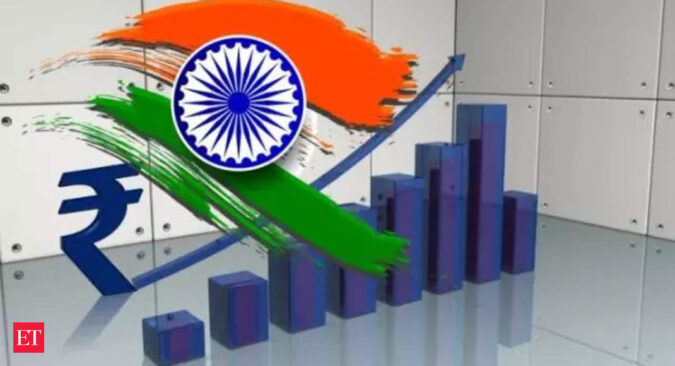Barclays has raised India’s growth forecast for next fiscal to 6.3% from 6%, saying that global developments such as rising financial stability risks, peaking of rate tightening around the world and collapse of commodity prices augur well for the world’s fifth-largest economy.
“Having weathered many shocks to its macro stability in 2022, India is on firmer ground in 2023; current-account funding needs are falling, inflation is trending lower, and fiscal demands are in check,” Barclays said in a report.
“We believe global events, both in the form of rising financial stability risks, and the topping out of the synchronized monetary policy cycle will provide a more conducive backdrop for India. The domestic financial system has weak global linkages, and the fall in commodity prices, especially oil prices, if sustained, will aid economic growth and improve macro stability,” said Rahul Bajoria, managing director and chief India economist with Barclays.
Morgan Stanley too said India’s macro stability is likely to show nascent signs of recovery, backed by easing inflation and narrowing trade deficit.
“Domestic demand to offset some of the external demand slowdown: The high-frequency data illustrate a robust growth momentum. We believe that the trends in incoming data are consistent with our view of GDP growth at 6.2% in FY24,” economists at Morgan Stanley said.
They opined that full economic reopening in 2022 is leading to a cyclical recovery in consumption and pickup in private capital expenditure, and acceleration in government capital spending.The likely heat wave, however, can act as a spoiler. The Indian Meteorological
Department forecasted ‘above normal’ temperatures from March to May 2023 in most states.
“Weather conditions are under watch over the next 3-6 months, which will matter for India’s crop cycles and in turn, impact the economy. A pullback in FY24 inflation on the back of base effects might be partly negated by higher food, if weather risks materialise,” said Radhika Rao, senior economist at DBS Bank.
Meanwhile, India’s trade deficit moderated to 6.1% in February from 6.2% in January, helped by sequential fall in non-oil non-gold imports while the fall in global crude prices is likely to offer a respite for India’s current account deficit management.
Barclays lowered India’s current account deficit forecast to 1.8% of GDP, down from 2.6% of GDP in January and expects it to ease further to 1.5% of GDP if global oil prices sustain at current low levels.
It expects the Reserve Bank of India to raise the repo rate by 25 basis points in April before it goes for a pause.
The growth rate projected is consistent with macro stability being preserved, and we do not see scope for demand-led price pressures to build up materially from here on, Bajoria of Barclays said.
“However, we also believe scope for monetary easing remains low, unless the global monetary policy cycle turns dramatically; the probability of which still appears small,” he added.
